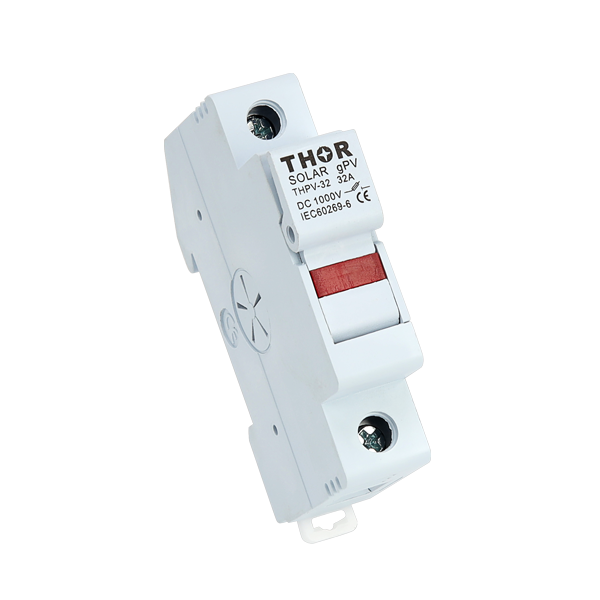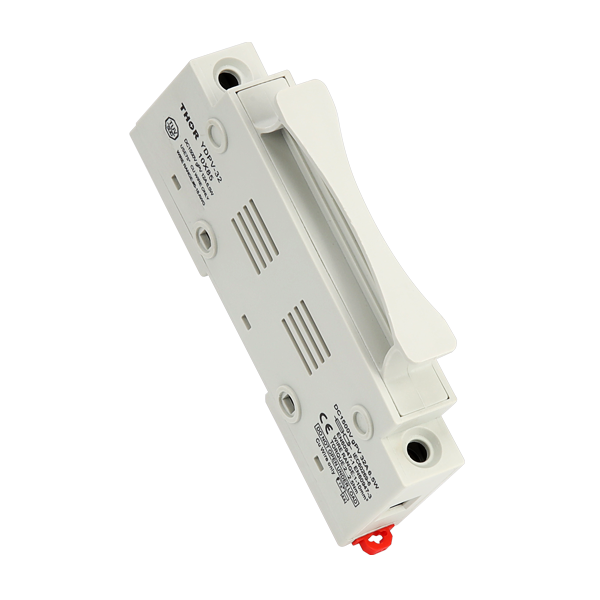To change a household fuse or circuit breaker panel, first, ensure all power is off. Then, replace the old fuse or breaker with a new one matching the original's specifications, typically 15-20 amps for household circuits. Always double-check connections for safety.

Introduction to Fuse Boxes
The Basic Categories and All About Them
There is a array of fuse boxes for different use like residential building or businesses.Generally, they are rated for 60A, 100 A150 or even our ne more as high a capacity as away to200 amp.
How Fuse Boxes Work
In the box, fuses are linked to a range of circuits in your home.All fusible link fuses are a thin wire that will vaporize if enough current to it.is run, shutting off the supply to keep damage or fire from happening in this circuit when you have a shortircuit going on somewhere.
Tips for Upgrading and Maintenance
Get rid of that outdated fuse box and replace it with a new circuit breaker panel, just like replacing your old flip phone with an iPhone X! Newer circuit breakers react faster to overload.
Common reasons why fuses blow
What is Electrical Overload
It's as though you were cooking the holiday dinner all while using your space heaters You turn on a mixer, and everything goes black.Why?As the imitative demand overtook what had been fusable.Nearly all home circuits are planned to convey 15-20 amps.Go beyond it and you're looking at a blown fuse.
How Faulty Appliances Are Wasting Your Money
Now, consider your fridge.It has continued humming along for years now, but simply in the last couple of months it started tripping whenever turns on. Inside the ApplianceHowever, when your appliance is turned off and un-plugged from its power supply, if you STILL hear a humming noise? Chances are that there may be some internal issue. Such as:Frayed WiresFailing MotorShort Circuits
Step-by-Step Fuse Replacement Guide
Preparing for the Task
Turn off any appliances and lights you have running in that area before messing around with the fuse box.Turn the main power switch to your home OFF in order to eliminate any current while you work.
Identifying the Culprit
You should try to examine the fuses visually and find a fuse that has probably been through some sh*t—discolored or with gaps in its metal strip.Each fuse should be marked for the proper circuit, but if yours are not, label them as you remove out each to save a future hassle.
The Swap-Out
Make sure the replacement fuse is exactly as big and has an amperage rating that is no greater than, or less than, what's specified for your particular vehicle. If the box is of a certain type, some fuses may simply pull out;however other will screw in - carefully remove it from the box before installing a new one.If it is the right match, then all of that will screw in with no problem.
Power On and Test
Now that the new fuse is in, it's time to restore power.Put the main switch back on, and then start turning every device or light off in sequence inside that area.
Assessing the Need for a Fuse Box Replacement
Capacity & Electrical Safety Review
The 200 amps modern homes need a minimum of that level to keep all those electronic gadgets and appliances running safely. Still running on 60 amps? Not only are you behind the times, but odds are good that you're running your electrical system pretty much to its absolute limit.
Home Improvements and Additions to Consider
Existing fuse box even your existing current may not all make the grade. Old fuse boxes are not capable of handling extra power, and many times upgrades or expansions will require more energy.
Advantages of Switching to Circuit Breaker Panels
Greater Capacity for Contemporary Use
When you replace your electrical panel with a circuit breaker panel, it allows for the safe handling of more electricity within a home. Modern day circuit breakers operate at 200 amps or more, which is ample bandwidth for gaming systems, home offices and top of the line kitchen gadgets.
Increased Safety Features
This helps prevent a fuse from being installed in the incorrect location, or one with an improper rating.
Ease of Diagnosis
If you have a breaker trip, then this is fairly obvious which circuit needs replacing.
Understanding the Costs and Benefits
Breaking Down the Costs
The price ranges from $1,400 to $4,000 on average depending upon how much volume is required and the ease of install. If your project involves extensive rewiring, or you're replacing outdated materials with dangerous, non-compliant products (or maybe it's a 200-amp service).
Long-Term Savings
Creating a higher level of protection by helping to reduce the chances for an electrical fire due to an overload or fault, will ultimately save you money in repairs down the road-from expensive repair bills-or much worse.
Enhanced Home Value
If your electrical system is up to date, this will increase the marketability of your home and helps support a higher asking price. This is one of those upgrades if done well it can easily help you sell your home faster and with less hassle.

